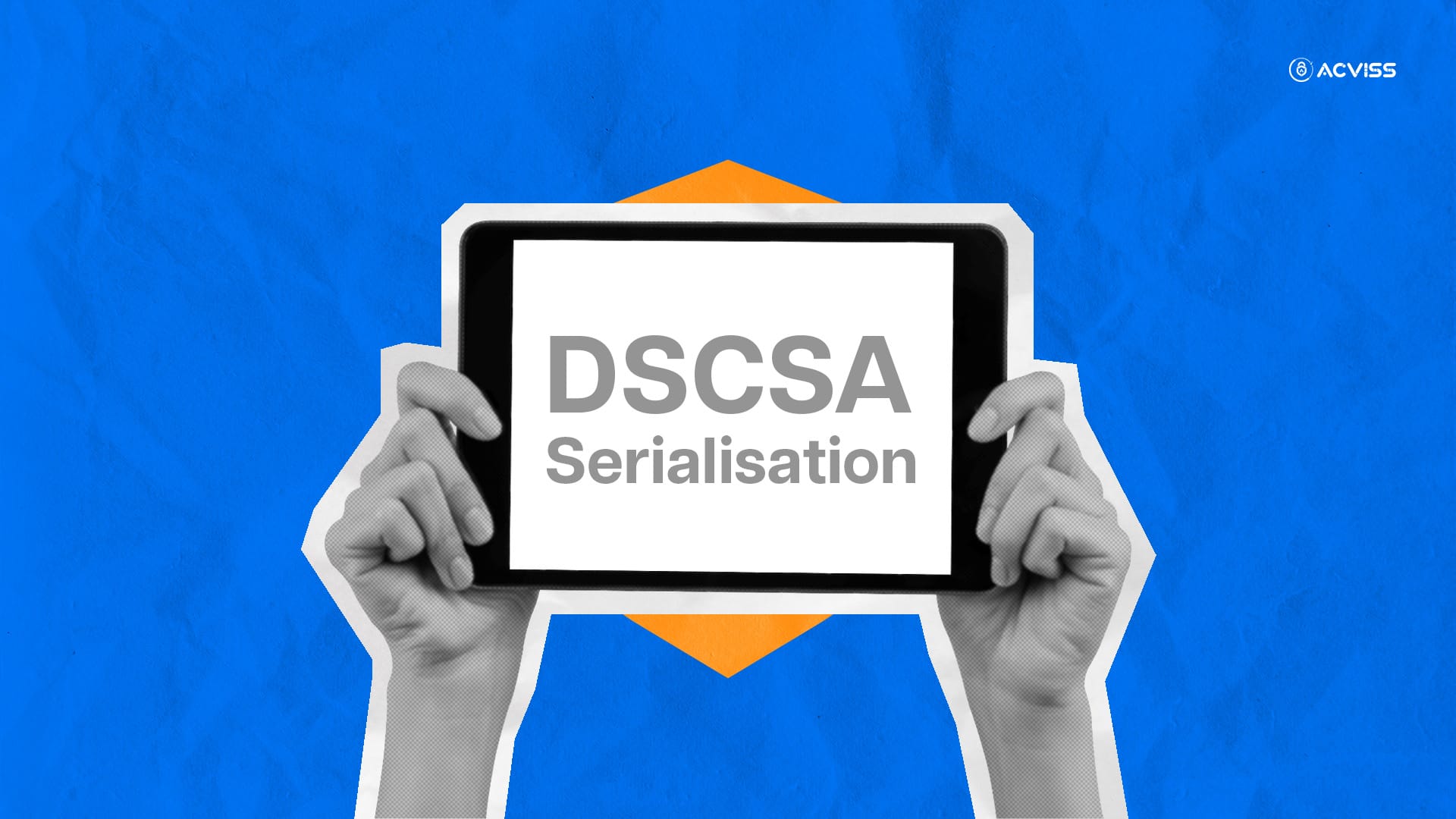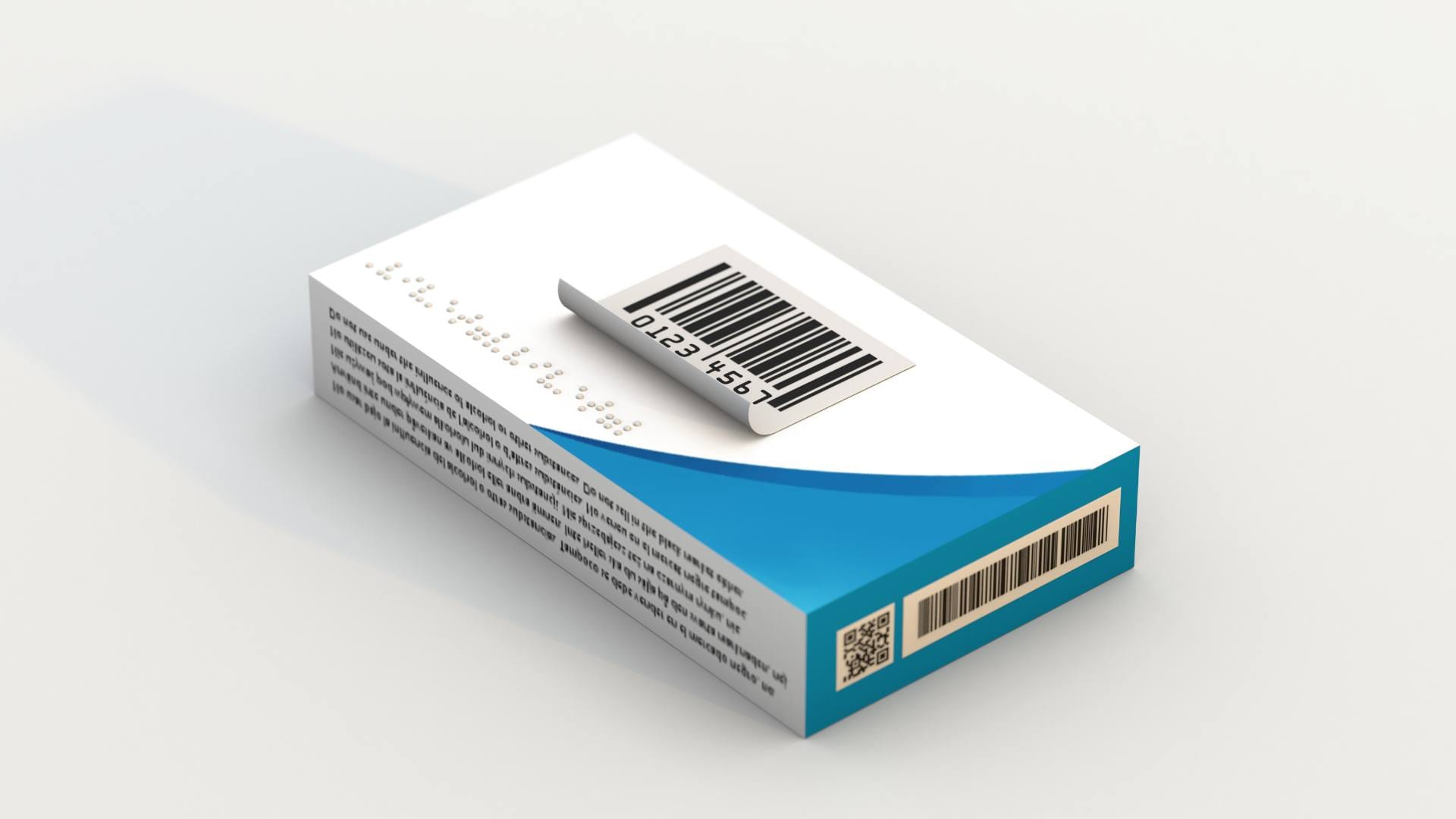Ultimate Guide to DSCSA Serialisation Requirements: Securing Your Supply Chain

Counterfeit drugs pose significant risks to public health and brand credibility. The Drug Supply Chain Security Act (DSCSA) addresses these risks by mandating secure tracking and tracing of prescription drugs. In this detailed guide, we’ll explore DSCSA serialisation requirements and how to leverage them for brand protection, compliance, and operational excellence.
What Is the DSCSA and Its Significance?
The DSCSA, enacted in 2013, is a pivotal U.S. regulation designed to enhance the security of the pharmaceutical supply chain. Its primary goal is to prevent counterfeit, stolen, or contaminated drugs from reaching consumers by establishing an interoperable, electronic system to identify and trace prescription drugs at the package level.
Serialisation is a cornerstone of the DSCSA, requiring each drug package to carry a unique identifier. This unique identifier enables stakeholders to verify product authenticity at every stage of the supply chain, thereby enhancing patient safety and protecting brand reputation.
Comprehensive Overview of DSCSA Serialisation Requirements

Under the DSCSA, serialisation involves labelling each saleable unit and homogeneous case with a 2D DataMatrix barcode containing:
- National Drug Code (NDC): Identifies the product and manufacturer.
- Serial Number: Unique to each package.
- Lot Number: Tracks production batches.
- Expiration Date: Ensures proper use within shelf life.
These identifiers facilitate electronic traceability, ensuring accurate record-keeping and quick identification of suspect or illegitimate products. This system not only aids in compliance but also strengthens the overall integrity of the pharmaceutical supply chain.
DSCSA Implementation Timeline
The DSCSA's implementation is phased to accommodate the complexities of the pharmaceutical supply chain. Key milestones include:
- 2015: Manufacturers began placing unique identifiers on products.
- 2017-2019: Wholesalers and dispensers adopted serialisation requirements.
- 2023: Full electronic interoperability for tracing became mandatory.
Non-compliance with these deadlines can result in significant consequences, including fines, product recalls, and damage to brand reputation. Therefore, all stakeholders must adhere to the established timelines to maintain the integrity of the supply chain.
Advanced Technologies and Essential Tools for DSCSA Implementation

Implementing DSCSA requirements demands a robust technological infrastructure. Enterprise Resource Planning (ERP) systems must be integrated with specialised track-and-trace solutions. Cloud-based platforms have emerged as popular choices, offering scalability and real-time data access.
Modern serialisation solutions incorporate advanced features like automated data capture, blockchain technology, and artificial intelligence for pattern recognition. These tools not only ensure compliance but also provide valuable business intelligence that can optimise operations and enhance decision-making.
- Blockchain: Provides an immutable, decentralised ledger for secure transaction records.
- Artificial Intelligence (AI): Enhances counterfeit detection and supply chain monitoring.
- Cloud Solutions: Enable real-time data sharing and integration across stakeholders.
Investing in scalable, interoperable technologies not only ensures compliance but also unlocks operational efficiencies, positioning companies to respond swiftly to market demands and potential threats.
Serialisation’s Role in Counterfeit Prevention
Serialisation assigns a unique digital identity to each drug package, making counterfeiting significantly more challenging. It allows stakeholders to verify a product's origin and authenticity instantly, thereby preventing counterfeit or harmful drugs from reaching patients.
Moreover, serialisation supports swift recalls by enabling precise identification of affected batches. This capability not only protects patients but also minimises disruption to the supply chain and maintains consumer trust in the brand.
Overcoming Serialisation Challenges
Implementing serialisation can present several challenges, including:
- Cost: High initial investments for infrastructure and technology.
- Complexity: Integration with existing systems requires careful planning.
- Training: Employees must be well-versed in serialisation processes.
To mitigate these challenges, companies should conduct thorough assessments of their current systems, invest in employee training, and collaborate with experienced solution providers to develop tailored strategies that ensure smooth implementation and long-term success.
Leveraging DSCSA Serialisation for Competitive Advantage

Beyond compliance, serialisation offers strategic benefits:
- Enhanced Supply Chain Visibility: Real-time tracking uncovers inefficiencies, reduces waste, and improves inventory management.
- Direct Consumer Engagement: Serialisation codes can link to loyalty programs, educational content, or promotional offers, thereby enhancing the consumer experience and building brand loyalty.
By leveraging serialisation data, companies can gain valuable insights into market trends and consumer behaviour, informing strategic decisions and providing a competitive edge in the marketplace.
The Human Factor: Training and Change Management
Successfully implementing DSCSA serialisation requires more than just technology – it demands a well-trained workforce and effective change management strategies. Employees across different departments need to understand their roles in maintaining compliance and using new systems effectively.
Regular training sessions, clear standard operating procedures (SOPs), and open communication channels are essential. Consider appointing DSCSA champions within different departments to facilitate adoption and troubleshoot issues as they arise.
Best Practices for Serialisation Compliance

To ensure seamless DSCSA compliance, companies should adopt the following best practices:
- Conduct Gap Analysis: Identify areas where current processes fall short and require improvement.
- Invest in Training: Educate teams on DSCSA requirements and serialisation workflows to ensure smooth operations.
- Collaborate with Partners: Leverage the expertise of technology providers and industry consultants to implement effective solutions.
- Perform Regular Audits: Continuously monitor systems to proactively address compliance gaps and adapt to regulatory changes.
Implementing these measures builds a robust foundation for compliance, enhances operational efficiency, and strengthens the overall security of the supply chain.
Emerging Trends in Serialisation and Supply Chain Security
The future of serialisation is shaped by rapid technological advancements. Emerging trends include:
- IoT Integration: Smart sensors and devices provide real-time data on product conditions, enhancing monitoring capabilities.
- AI-Powered Insights: Predictive analytics enhance decision-making and supply chain optimisation, allowing for proactive responses to potential issues.
- Global Interoperability Standards: Harmonising regulations across borders facilitates international trade and ensures consistent safety measures.
Staying ahead of these trends ensures resilience against counterfeiting and evolving regulatory demands, positioning companies to maintain compliance.
For the Future!
Consider investing in scalable solutions that can accommodate future changes. Regular system audits and updates will help ensure your serialisation infrastructure remains robust and effective over time.
Get in touch with us and get to know how to secure your brand and supply chain to match international standards.
